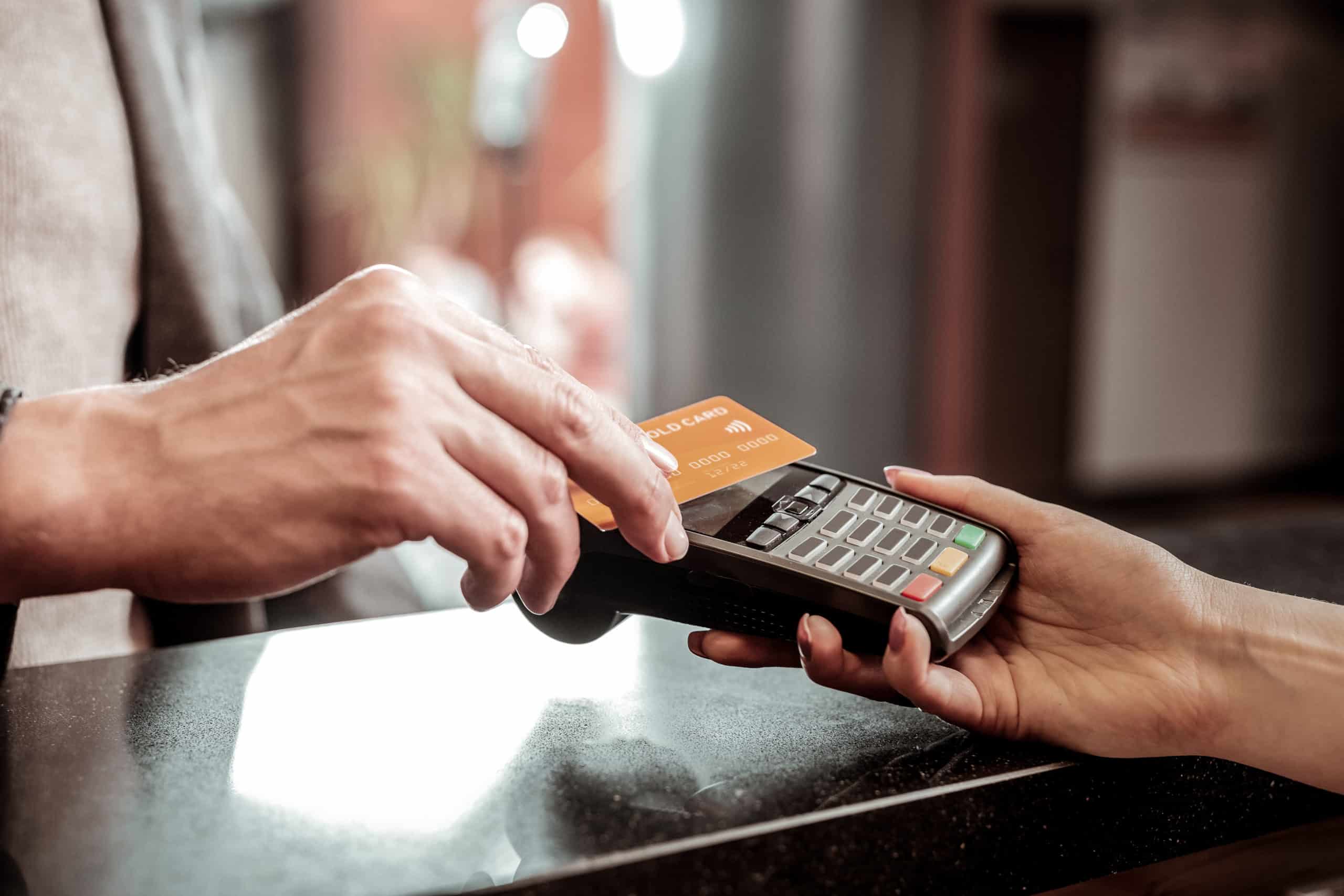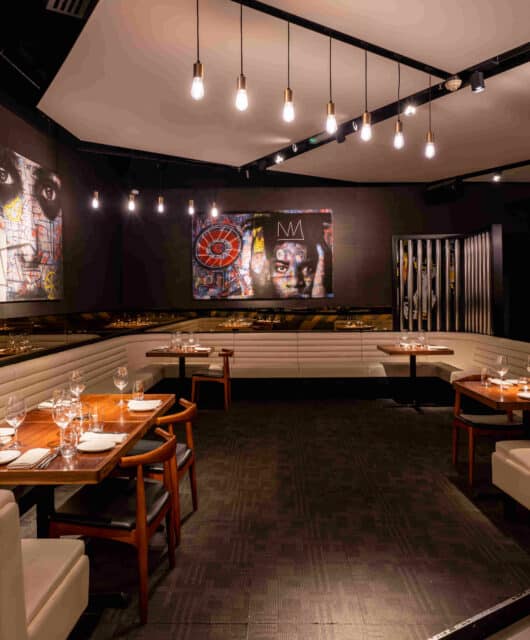 How food & beverage and hygiene technologies can help accelerate change while retaining a positive customer dining experience
How food & beverage and hygiene technologies can help accelerate change while retaining a positive customer dining experience
BRINGING TECH TO THE TABLE
It’s evident that COVID-19 has an enormous impact on the food & beverage industry. F&B investors and operators around the world were forced to close down for weeks – if not months – only to be faced with long lists of precautionary measures to implement when they were ready to reopen as lockdown restrictions eased, to safeguard the health and safety of their diners. These new precautions touched every aspect of their operations, from seating arrangements to enable social distancing, mandatory temperature checks and increased cleaning and sanitisation protocols, to digital menus, contact tracing capabilities and employee PPE equipment, and PCR testing. Operating a restaurant in this new normal is unfortunately far from normal, at least for now, but even when a vaccine becomes available one thing is clear; the F&B sector will need to evolve quickly and effectively to ensure its long-term growth and sustainability.
Over the past few months, we have come together as a collective of consultants in the UAE to look at learnings from this global pandemic to develop ‘future proof’ recommendations and solutions that address not only the current back-to- business requirements, but also the changes needed in the design and best practices for future F&B developments to be prepared for other health crises that may test the F&B industry. In doing so, we looked at critical areas such as design and material specifications, front-of-house flows and spacing, back-of-house design and functionality, as well as hygiene and cleaning protocols. One element that’s at the core of effective redesign and enhanced F&B operations is technology.
CONTACTLESS ALL THE WAY?
Contactless technology has become a top priority in hospitality as a way to regain consumer confidence. If we look at a diner’s journey, technology can be used at most touchpoints; from thermal imaging cameras, bio sensors to detect airborne pathogens and digital wayfinding, menus and cashless payments, to automated handwashing stations and sanitisation tunnels, restaurants can bring tech to the table to take an important leap forward in providing a healthy and safe environment while retaining a positive customer dining experience.
As COVID-19 appeared, so did many technology companies with new software that can help manage a business safely and efficiently according to local guidelines. Some of this technology has been around for years, like cashless payment systems, but their importance has come to the forefront during the pandemic. More and more restaurants are now deploying cashless payments, which are typically available in three formats: RFID technology, mobile payments and credit cards.
Digital ordering systems using QR codes are also becoming increasingly common in both casual and upmarket dining outlets. Admittedly, this may not be suitable for every type of restaurant, but we see it becoming the norm even in the finer dining establishments. What’s interesting here is that the dining experience can be enhanced, even with less human interaction, with the advantage of cutting down on order taking time as guests can place their kitchen order and pay directly from their phone. Moreover, a recent study showed that the average spend per head is 10-30% higher with mobile ordering, allowing restaurants to boost their revenues.
TECH IN THE WORKPLACE
These are all examples of visible, front-of-house technologies, but the use of tech also plays an important role in back-of-house operations to ensure kitchens are equipped to plan, manage and monitor the stringent requirements they need to comply with. Incorporating technology to control hygiene and food safety inside kitchens is a big step forward towards a safer F&B environment.
Monitoring is often the most challenging aspect of this in F&B as it demands trained and dedicated personnel available in all areas of a facility at all times, but companies like Jolt, I-Auditor and MeazureUp offer a wide range of digital solutions in this space. It can also be made easier by using technology that identifies malpractices around the workplace. Artificial Intelligence is now being introduced in software to identify individuals that are not following hygiene guidelines, to measure physical distancing and to calculate how often staff members wash their hands-on a given day. This data can be used to rectify problems and retrain personnel to optimise food safety.
 With technology advancing at an exponential rate, it can play a much larger functional role in F&B, and as the demand for innovation grows, companies will invest in R&D hence new solutions will emerge. It will neither be easy or quick though and the development of effective solutions will demand hard work, careful thought, substantial investment, sufficient time and rewriting of the rule book in many cases. It will require the collaboration of owners, consultants, contractors, suppliers and even customers, to chart a path that meets the needs of all.
With technology advancing at an exponential rate, it can play a much larger functional role in F&B, and as the demand for innovation grows, companies will invest in R&D hence new solutions will emerge. It will neither be easy or quick though and the development of effective solutions will demand hard work, careful thought, substantial investment, sufficient time and rewriting of the rule book in many cases. It will require the collaboration of owners, consultants, contractors, suppliers and even customers, to chart a path that meets the needs of all.
Over time, confidence in the market will be restored, customers will return, and the sector will rebound. As with everything in hospitality, however, it is important to strike a balance between the maximum utilisation of technology and retaining the benefits of human interaction.
This article is based on the Industry white paper on the topic: ‘Designing a Safer Future – How the Food & Beverage industry can be better prepared for another pandemic’ by development consultants RBnH Solutions , boutique strategy & design agency Limelight, and project development and MEP consultants CSQ.







